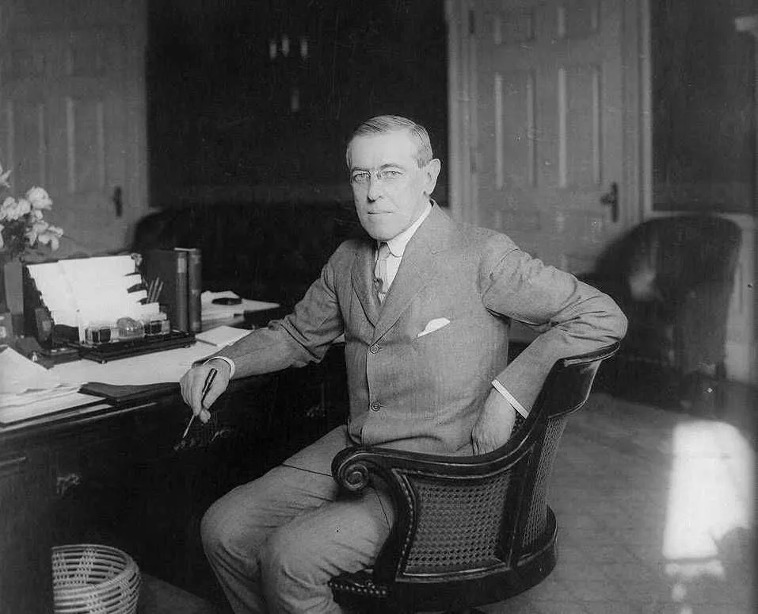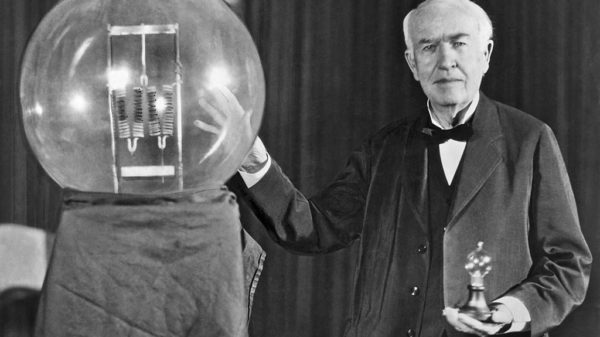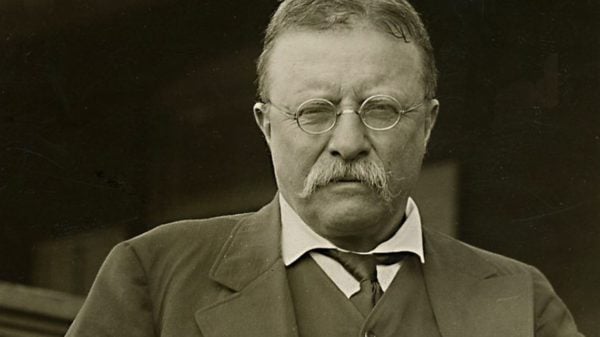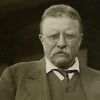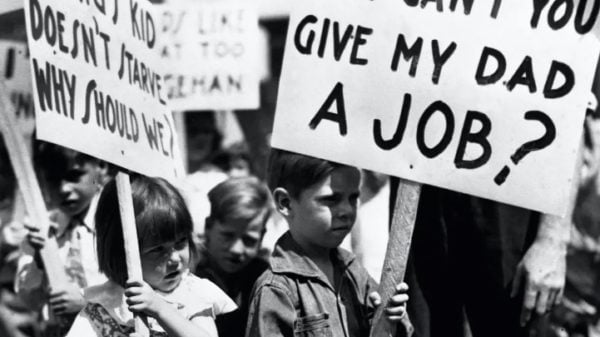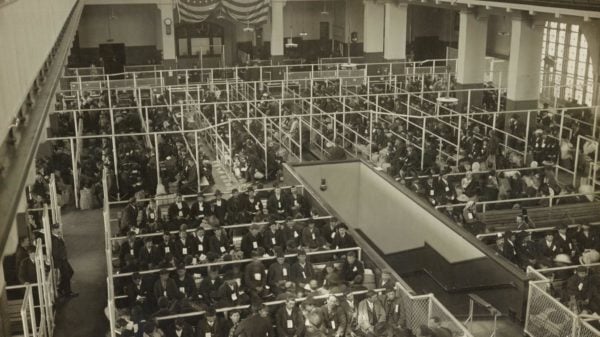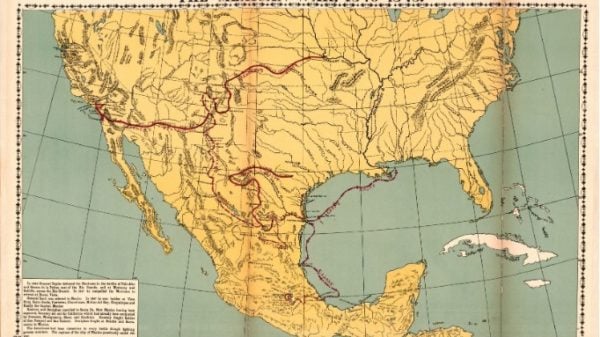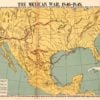Thomas Woodrow Wilson (he later dropped his first name) was the 28th president of the United States of America. On December 28, 1856, he was born to Joseph Ruggles Wilson and Janet Woodrow in a small southern town of Staunton, Virginia.
Let’s dive into the life and presidency of Woodrow Wilson.
Woodrow Wilson: Schooling and Interest in Politics
He grew up in Georgia and South Carolina. His father was a pastor. The Presbyterianism of his father greatly influenced Woodrow Wilson. He went on to study law at the University of Virginia and later on earned his doctorate in political science and history from John Hopkins University. His thesis on Congressional Government was published, which launched him to a university career. He taught in various colleges and went on to be the President of Princeton University.
Wilson became the governor of New Jersey and later won the United States’ presidential election in 1912. He belonged to the Democratic Party and was the President of the United States from the year 1913 to 1921.
Wilson As President
Woodrow Wilson, as President, changed his nation’s economic policies. His economic reforms included the Federal Reserves Act, the Federal Trade Commission Act, The Federal Farm Loan Act, and the Income Tax. He lowered tariffs. He gave women the right to vote and introduced laws prohibiting child labor and eight-hour workdays for railroad workers. Wilson’s loans to farmers boosted agricultural development, as it was used to purchase and expand farms and conserve and protect soil and water resources.
World War I
President Wilson in 1917 led the United States into World War I. Germany’s attack on merchant and passenger ships was the leading motivator to Wilson for joining the war. Also, Germany was pressuring Mexico into attacking the United States. The United States provided its friends with food, troops, fuel, arms, tanks, and ships.
Wilson was the principal architect of the League of Nations. Wilson called on the association of nations to guarantee the independence and territorial integrity of all nations. He concentrated on diplomacy and issued the Fourteen Points that the Allies and Germany accepted as a basis for stopping World War I. In November 1918, Woodrow traveled to Paris after the Allied victory, where Wilson, the British, and the French leaders dominated the famous Paris Peace conference. He signed the Treaty of Versailles in June 1919 in Paris at the end of World War I.
It is one of the most controversial armistice treaties in history. This meant reparation payments to the Allied Forces, loss of territories, and reduction of armed forces. The treaty also forced the Central Powers and Germany to take all the blame for the war.
Woodrow Wilson and His Family
Wilson met and fell in love with Ellen Louise Axson, the daughter of a Presbyterian minister, in 1885. They had four children. Ellen died of Bright’s disease on August 6, 1914. Wilson remarried a widow, Edith Bolling Galt, on December 18, 1915. On October 2, 1919, Wilson was bedridden due to a serious stroke and died on February 3, 1924.


